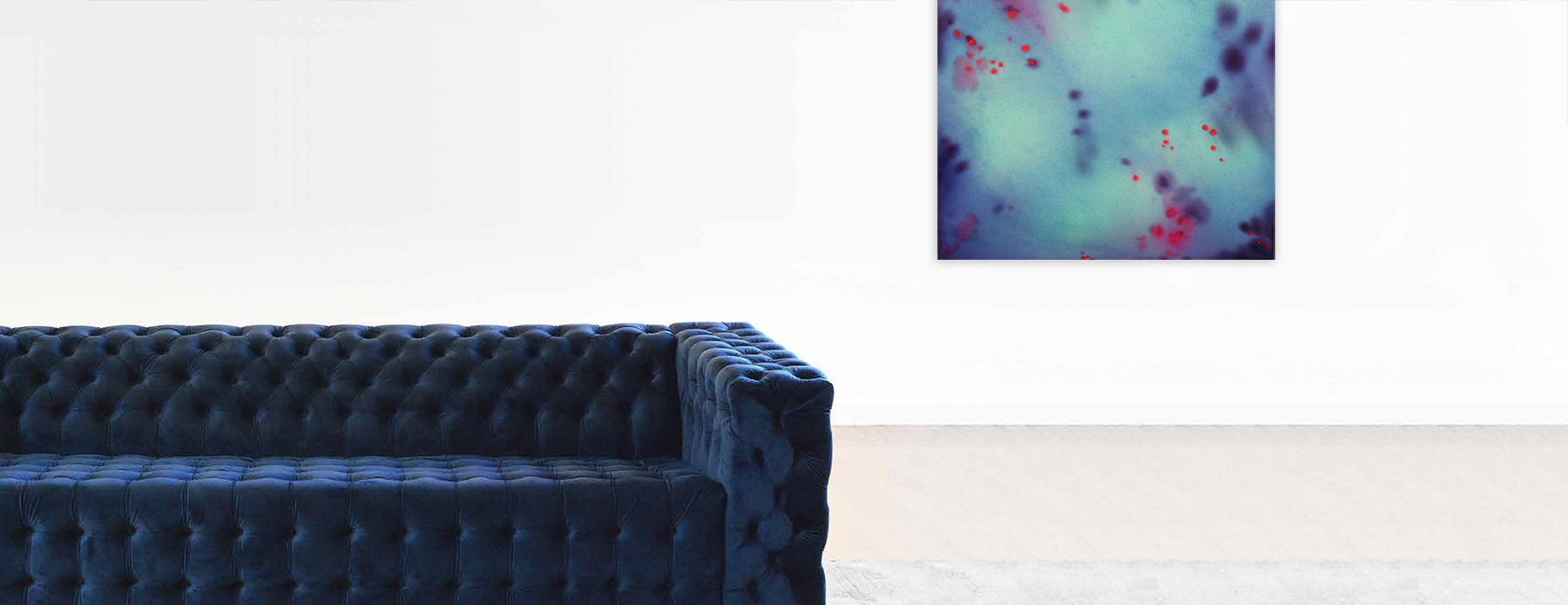The Lucinda Suite
Water and weather are often at the centre of the places and experiences in the world that capture my attention ' rivers, lakes, the sea, rain, clouds, and mist.
These natural phenomena all find reference in my work, and are echoed in the methods I use to paint: misting, spraying, pouring, and washing of water and paint across the canvas.
In acknowledging the importance of water as both medium and subject in my work, it seemed a natural extension to consider various sources of water to work with; the works making up The Lucinda Suite were painted with sea water collected from around the Auckland area.
Along with exploring how and where I source the water, and the consideration of place which this entails, I have also extended the techniques I use in applying paint, and water, to canvas. Spraying and washing becomes further layered, and extended into dripping and pouring.
These aspects of painting, particularly when coupled with large scale, bring in to play the language of colour field painting, and abstract expressionism.
The fluid nature of these works, and the indigo inky brushwork, is in some ways reminiscent of Chinese watercolour techniques. Water sits on canvas; slowing, sinking, soaking, and staining it, a balance between the fluid nature of paint and water, and my control and placement of the marks upon the canvas.
Fluorescent notes play on the surface, working as a counterpoint to the more fluid undercurrents. Their careful placement is intended to draw the eye across or in and out of the flowing spaces created within the stained canvas surface.
As much as the use of water is significant to my work, so too is the use of raw cotton duck canvas. This ground is part of the work, the tone of the canvas functioning like the white of the paper in watercolour painting.
The subtle grid formed by the warp and weft of thread reminding us of the very fabric nature of the canvas. However much they may appear to present illusory space, up close with the texture and imperfections of canvas clearly visible, these remain very much handmade objects.
I tend to work in series; often diptychs or triptych forms arise within the play between one work and another. Here I planned for the pieces to be read as one work, or a suite. Each movement or piece is a work within itself, but together they form a larger whole.
My intention is to provide the viewer with a sense of immersion, or suspension ' as if underwater, suspended in contemplation, lost in a moment of experience.

